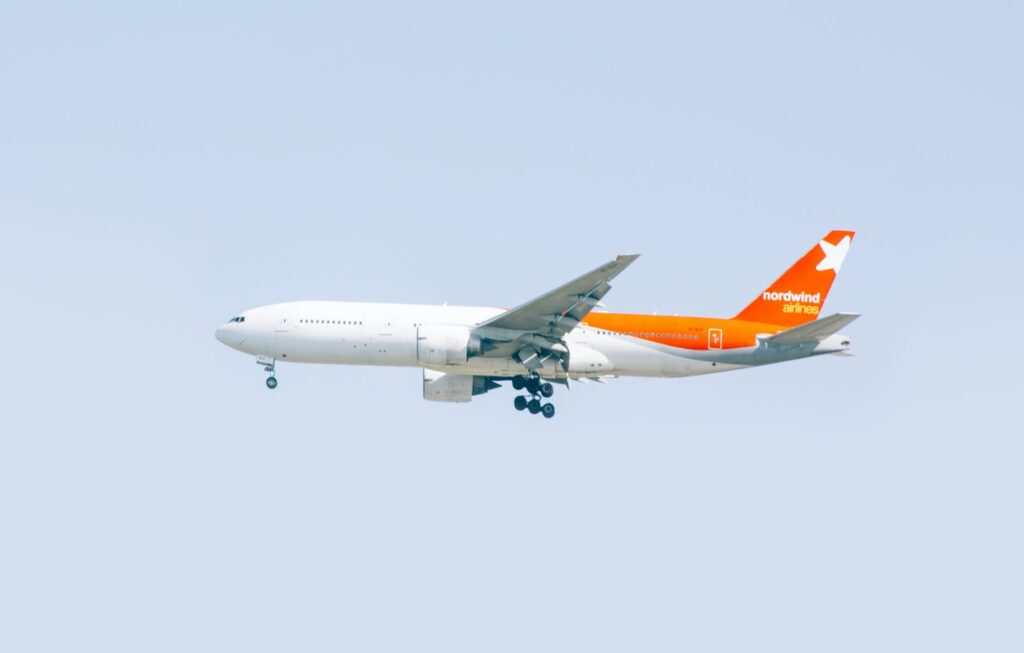When bees depart their hive hoping to discover a higher location for his or her nest, they typically first settle close by, normally on a tree department, and cluster across the queen whereas a number of dozen scouts go off seeking a brand new house. Every scout then returns and begins to bop, indicating the path and distance of the positioning it discovered. The extra excited they grow to be, the extra frantically they dance, signaling the others to take a look. Finally, a favourite location emerges from all this swarming and buzzing about — and so they all depart and fly to it.

In pc science, this habits is called particle swarm optimization, which holds that every particle’s motion not solely is influenced by its personal place however is guided to different good positions, all of that are up to date as different particles discover higher positions. This course of normally strikes the entire assortment of particles towards one of the best end result.
You may marvel what this has to do with airline routes.
Flight routes for passenger plane are effectively established. However in apply, unexpected elements — principally associated to climate — typically pressure pilots to vary course, which means they must cowl extra miles than initially supposed. This prices money and time, and it makes use of up extra gasoline, producing extra carbon air pollution.
Aviation is the world’s most quickly rising supply of greenhouse gases, based on Buddies of the Earth. Plane engines produce warmth, noise and carbon dioxide, in addition to a number or different pollution, together with carbon monoxide, nitrogen oxides, sulfur oxides, lead and black carbon.
With the aim of lowering greenhouse fuel emissions, noise air pollution and working prices, scientists and engineers from the Institute of Bodily Chemistry of the Polish Academy of Sciences in Warsaw and the Universidad Cooperativa de Colombia got down to optimize the flight routes of short-range passenger aircrafts by designing new algorithms based mostly on the habits of bees and cuckoos.
“Within the case of dangerous climate or different obstacles, these algorithms will choose one of the best route with the minimal gasoline consumption resulting in much less carbon dioxide emissions to the ambiance,” stated Juan Carlos Colmenares, a scientist with the Polish Academy of Sciences. “This additionally will scale back the working price of the airline, and therefore, the value of flight tickets. The good benefit of the software program… is that it really works in actual time. The flight controller and the pilot obtain hints frequently.”
The algorithms use ideas of nature to assist select the suitable flight paths. With swarming bees, for instance, every bee within the group decides on the subsequent motion based mostly on data of one of the best locations it or different bees have visited. Within the software program, the “bees” symbolize varied factors across the plane, every handled as a separate particular person.
“The algorithm begins working from a swarm of factors shifting across the aircraft, and — within the subsequent iterations of the algorithm — the ‘bees’ start to cluster across the optimum place at a given second, which is taken into account the subsequent stage of the flight path,” Colmenares defined.
“The second algorithm for looking for the subsequent stage of the flight imitates the habits of the cuckoo — the fowl laying its eggs in different birds’ nests to deceive different birds into elevating their younger,” he continued. “The most effective ‘eggs,’ or options, will go unnoticed and survive, however the worst ‘eggs,’ or options, could have an opportunity to be found by the proprietor of the nest and will probably be discarded.” Scientists described their work in a research printed within the journal Cogent Engineering.
Researchers examined the software program simulating an Airbus A320 plane, serving routes of round 220 miles with a typical cruising velocity of about 515 miles an hour. The simulations confirmed that the alternate routes proposed by the software program had been, on common, practically 7 miles shorter than the everyday different routes, based on the scientists.
Finally, the software program’s operation decreased direct working prices of 1 plane by multiple %. That won’t sound like lots, however within the case of a single oft-used plane, it may produce a whole bunch of hundreds of {dollars} in financial savings over the course of a yr, the researchers stated.
“The bio-inspired algorithms will optimize the route based mostly on gasoline consumption, pollutant emissions to the ambiance, working prices and plane security, robotically with out the pilots and controllers,” Colmenares stated. “These sorts of algorithms will assist plots within the decision-making course of for surprising conditions, assist the airways get monetary savings, and scale back the environmental influence.”